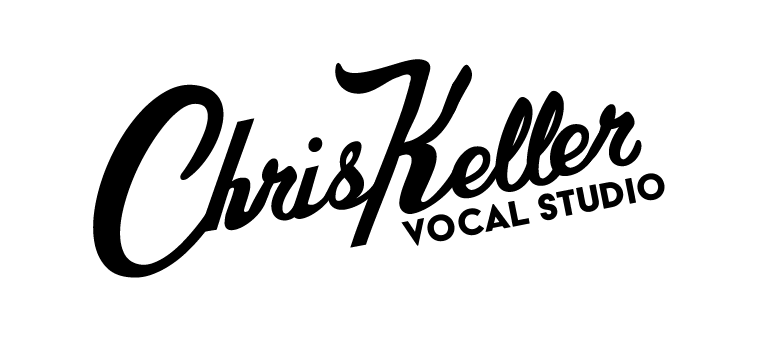High Notes? It's all about the approach.
High note is coming up. I've struggled with this note before. Uh oh! Better stop, take a deep breath, and pray that it comes out on pitch!
Sound familiar? It probably does. We've all done this. Why? Good question. Easy answer ... don't.
Have you ever played "Red Light, Green Light" before? It's a game children play in groups. All the kids line up at one end of a room or field, a person in charge at the other side shouts "Green light!" The kids start running, then the person in charge shouts "Red light!" And then then those that fail to stop, are out. The goal is to be the first to the caller at the other side. Sometimes there are tricks played and "Green light!" gets called out two or even three times in a row. Or even a "Yellow light" is called out. It can be challenging and very fun! As a child, the most difficult part is listening closely to the orders while running around. Basically, go, or stop.
Let's play this as adults. What's the most challenging part? Well, I'd like to think my listening skills have improved over the years. However, my ability to start and stop running over and over is definitely not as easy as it was when I was 5 years old. Especially going from a dead stop to a full sprint over and over. It's extremely difficult and even the fittest of athletes view it as a challenge.
Imagine what your voice goes through when you're singing a sweet and simple verse, steady air flow, light and easy vocal line, and then STOP! Huge breath. Tense up. High note ... GO!!!!! Doesn't sound good when you put it that way. It's much more difficult to sing like that than it needs to be.
It's all in the approach. Instead of stopping and taking a huge breath and tensing before the high note, try to sing into it as if it were just an extension of the verse. Use the same breath you previously took, and keep it flowing. Glide right into the high note. It may not work out like you want it to at first, but you will be surprised at how easy it is to hit the note, and it will be more accurate!
Try this, take a big deep silent breath ... exhale. Do it again. By the the third time, as you start exhaling, exhale and sing into the phrase just before the high note you're struggling with ... keep going ... continue through the high note. Try this again and again. You'll notice the pitch doesn't rely on "air support" and the diaphragm as much as you thought. The amount of air you have all bundled up and compressed can actually put too much pressure on your cords. This can lead to singing flat and using a lot more energy to achieve the same pitch. A lot of air compression can lead to thicker tones and be loud ... however, this will also compromise agility and and ability to shape words and will lead to much quicker vocal fatigue. And don't forget what the use of a microphone is for. They have volume covered. The pitch itself isn't shaped with how much air you inhale, it's more of the shape of your cords and how the air itself flows through. In singing, every pitch can be achieved at low volumes with little air. It takes time to prove it to yourself, but it's worth practicing and learning.
Am I suggesting to breathe less when singing? Kind of. More so, don't rely on it. Breathe because you are running out of breath and need it. Not because you think it will help you hit a note. Practice, practice, and practice, going straight from the low notes to the high notes. Glide, slide, slowly, quietly, easily, over and over. As time goes on, with proper practicing, you will have much more control over how much air you actually need to inhale. If you need that little extra air boost for tone or just raw volume in a mic-less setting, it'll be there. But now you'll know when you need it. Rather than using it all the time and wearing out your voice in practice or performance. My students all know at first there is a lot of flipping and instability at first. It can be uncomfortable because it's the true and relaxed voice that we once thought wasn't good. It is good! Don't hide it. Build it! Build it on the higher notes. Your vocal cords will thank you. Your lungs and diaphragm will thank you. Your body will thank you when it relaxes more, giving you more energy towards performing and connecting with your audience and emotion.
So remember, it's all in the approach. Approach the high note easily. Not difficult. And for thought, if someone with a smile asked you "How are you doing today?" would you respond with a .... "*GULP* *tensing up* *HUGE BREATH*... I'M DOING FINE! AND YOU?" Probably not. Don't sing that way.
- Chris Keller
